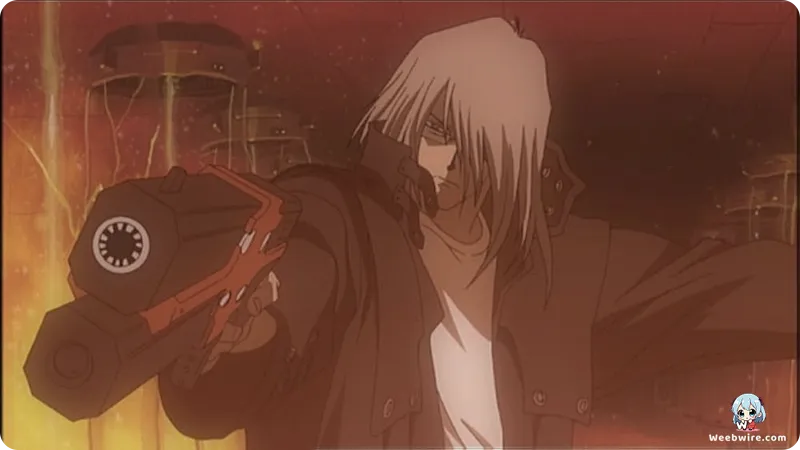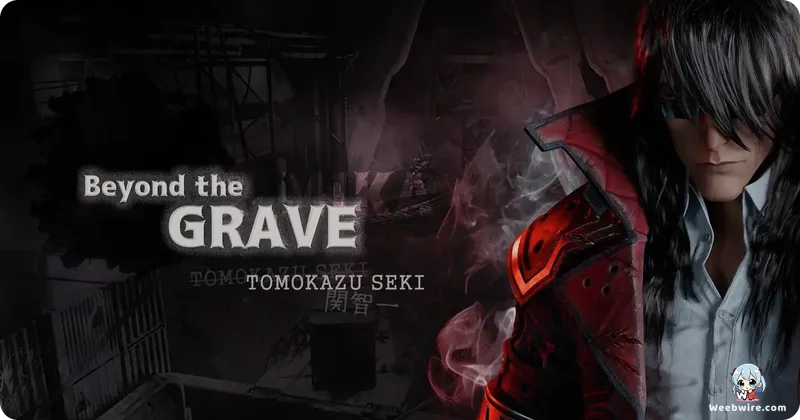Unveiling Gungrave: The Cult Classic Anime's Journey from PS2 Game to Prequel Masterpiece

In the vast pantheon of anime, certain productions rise above mere entertainment to become revered cult classics, distinguished by their unique narrative vision, unforgettable characters, and iconic stylistic flair. Among these stands Gungrave, the compelling 2003 creation from animation powerhouse MADHOUSE. Far from a simple adaptation, Gungrave transcends its origins to deliver a profound, tragic drama underscored by intense action, brimming with fascinating production insights that elevate its standing. For both seasoned fans and those discovering it anew, a deeper dive into its lesser-known facets unveils the intricate artistry that forged Gungrave into an indelible cinematic journey.
From Game to Gripping Prequel
The genesis of the Gungrave anime is perhaps its most surprising revelation: it sprung from a 2002 PlayStation 2 video game by Red Entertainment and Sega, known for its stylish action. The anime, premiering just a year later, made a daring narrative pivot. Instead of a direct adaptation, it ingeniously functions as a comprehensive prequel, meticulously charting the devastating backstory of its protagonist, Brandon Heat, and his eventual transformation into the iconic undead gunslinger, Beyond the Grave. This audacious choice allowed the series to explore the complex web of relationships and betrayals that shaped its characters with a depth the action-focused game could only hint at, often leading anime-only viewers to mistakenly believe it an original creation, a testament to its standalone narrative strength.
Nightow's Signature Style
A pivotal element in Gungrave’s distinctive aesthetic and enduring appeal is the masterful character design by Yasuhiro Nightow, the legendary mind behind the acclaimed Trigun. Nightow’s unmistakable style, characterized by sharp lines and intricate detailing, is immediately apparent in his designs for Brandon Heat, Harry MacDowel, and the sinister figures of the Millennion syndicate, imbuing them with gritty realism fused with operatic grandeur. His creative vision deeply permeated the anime’s visual storytelling, undeniably contributing to its unique identity.

A Non-Linear Narrative Masterpiece
The anime’s unconventional narrative architecture further distinguishes it. While the game plunges players directly into the role of Beyond the Grave, the anime opens with a resurrected Grave before immediately transitioning into extensive, poignant flashbacks that constitute the majority of its 26-episode run. This non-linear approach facilitates a slow, agonizing revelation of the events that precipitated Brandon’s downfall and Harry’s rise to power, establishing the immense emotional weight of their inevitable conflict and amplifying the dramatic impact.
MADHOUSE's Animation Excellence
MADHOUSE, the venerable animation studio, is celebrated for its unwavering commitment to high-quality productions, and Gungrave stands as a shining example. Their meticulous attention to detail is evident in the fluid action sequences, immersive world-building, and nuanced character animations, all translating Nightow’s intricate designs into dynamic visuals. This dedication to superior animation allowed Gungrave to distinguish itself.
The Power of Sound
Beyond visuals, Gungrave is elevated by a truly memorable soundtrack, masterfully composed by Tsuneo Imahori, also recognized for Trigun. His score flawlessly complements the anime’s somber tone and explosive action, employing blues and rock influences to underscore themes of loss, revenge, and shattered dreams. The opening and closing themes, notably the haunting ‘Thanx’ by Scoobie Do, actively participate in the storytelling, enhancing emotional resonance.
Exceptional Voice Performances
The voice acting, both Japanese and English, consistently garners widespread acclaim. Tomokazu Seki’s portrayal of Brandon Heat and Grave in Japanese captures quiet intensity and despair with remarkable nuance. Similarly, Kirk Thornton’s English dub performance as Grave is frequently lauded, perfectly encapsulating the character’s suffering. This commitment to talented voice actors further solidifies Gungrave’s reputation as a top-tier production.
Gungrave's Enduring Legacy
Ultimately, Gungrave's enduring legacy is a powerful testament to its compelling narrative and distinctive presentation. It commands a devoted fanbase who deeply appreciate its mature themes, character-driven drama, and stylish, visceral action. Its profound exploration of loyalty, betrayal, and redemption, set against the grim backdrop of a ruthless criminal underworld, secures its place as a thought-provoking and emotionally charged experience, a veritable hidden gem within MADHOUSE’s illustrious catalog. It stands as powerful proof that compelling storytelling can ascend to profound artistic heights.
Credits
Gungrave
Author
Yasuhiro Nightow (Character Designer), Red Entertainment (Original Game Concept)
Cover Art
Yasuhiro Nightow
Studio
MADHOUSE
Publisher
Red Entertainment (for the original game)
Producers





